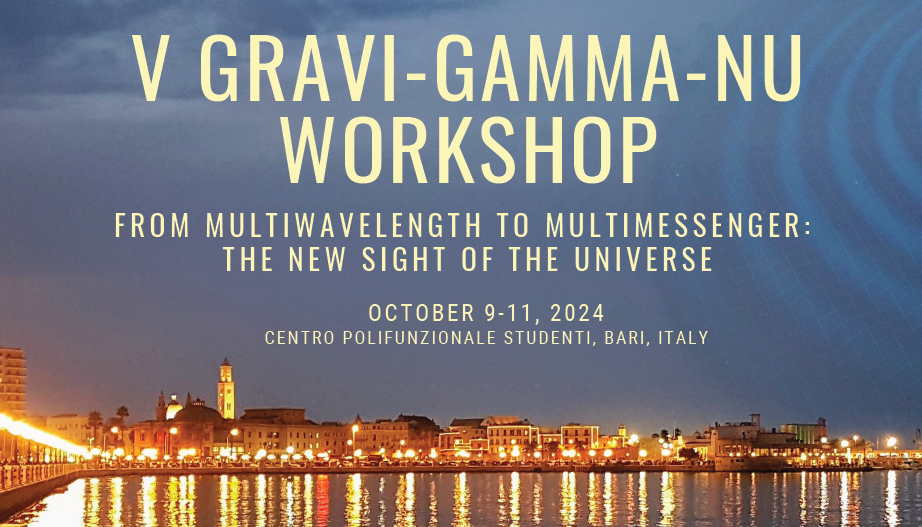Speaker
Description
Multimessenger astrophysics relies on multiple observational data channels, requiring efficient methods to analyze events of astrophysical origin. Given the increasing volume and complexity of data from modern observatories, machine learning techniques have become essential for efficiently identifying signals.
This project applies machine learning techniques to time series data from the Anti-Coincidence Detector (ACD) on the Fermi Gamma-ray Space Telescope, with the aim of improving the detection of high-energy transient events such as Gamma-Ray Bursts. The presentation begins by introducing the concept of time series and the ACD and satellite data itself. A feed-forward neural network (FFNN) is employed to learn temporal patterns in the time series and predict the background. This is followed by the implementation of a triggering algorithm for anomaly detection, which identifies significant deviations from the background, signaling the presence of astrophysical transients.
This tool can be adapted for various signals, making it applicable across different contexts in multimessenger studies.

